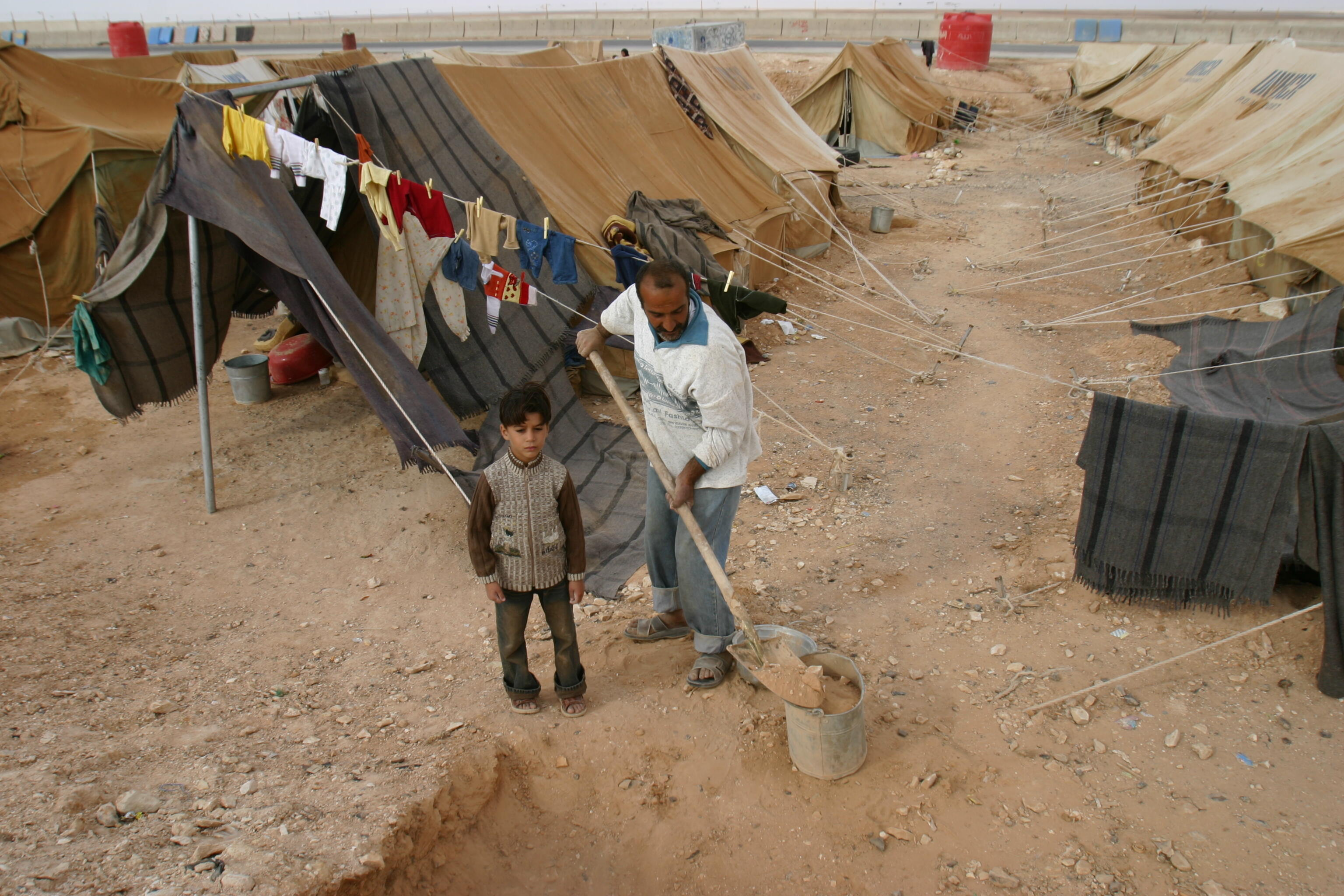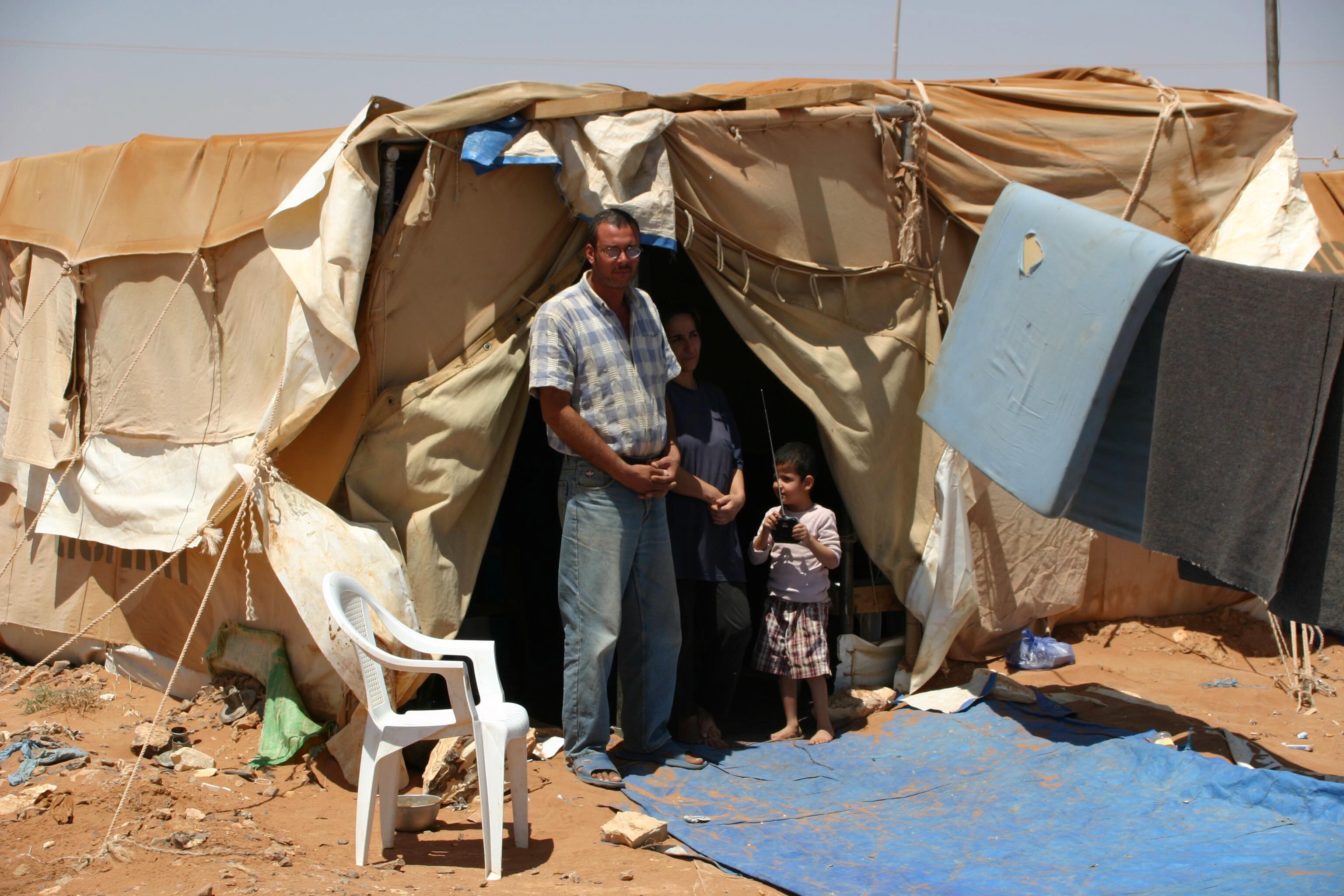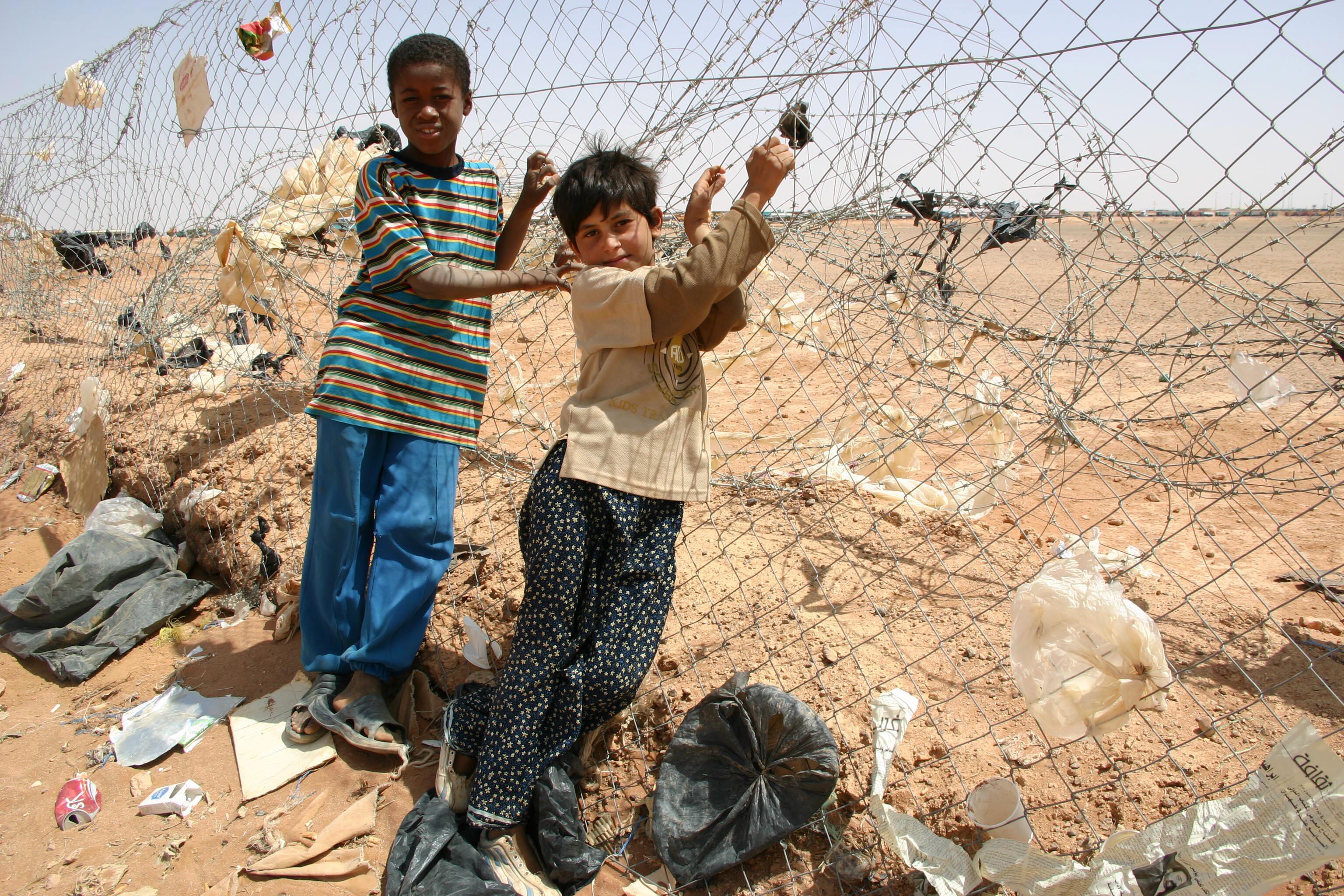Unit plan for ages 9-11 in Geography: Refugees - Who, Where and Why?
Unit plan for ages 9-11 in Geography: Refugees - Who, Where and Why?
-

A perilous journey ends in New Zealand citizenship. The Tampa Boys, rescued from the Norwegian freighter off the Australian coast in 2001, at the ceremony in Manukau, NZ. Photo courtesty of and
UNIT OBJECTIVES
Knowledge
- To gain a general understanding of refugee issues
- To understand clearly;
- a) the concepts of migration, emigration, immigration
- b) the definition of a refugee
- c) the concept of asylum
- To see that the refugee crisis is a world wide one
- To become more familiar with the regions which are often in the news, areas which generate refugees and which give asylum

Refugees at a reception centre in Hungary face mounting challenges in employment, housing, health care and education.
Values
- To encourage in the students empathy for children similar to themselves, who have lost their homes and homelands
- To foster open-mindedness and respect for others
- To increase global awareness in the students, expanding the boundaries of their experience
Skills
- To strengthen discussion and written expression skills
- To improve and strengthen map reading skills
- To have some fun!
LESSON 1: Make a Little Difference
| ||||||||
LESSON 2: Why Do People Leave Their Home Countries?
| ||||||||
LESSON 3: Where Do Refugees Come From? Where Do They Go?
| ||||||||
LESSON 4: Flight and Asylum
|





